Taoism at its core is about living life with harmony and ease, and with as much joy in the process as possible. Most people have heard of Tai Chi and Chi Kung but there are numerous techniques within the Taoist system that can help both you and your creativity to flourish. The following extended offering utilises a sampling of Taoist tools and tricks to enliven your creativity, increase your clarity and concentration, and bring energy and renewed motivation for your writing.
Taoist techniques such as pressing acupressure points or massaging the internal organs, can offer instant, on-the-spot relief from inner torment, creative or otherwise, and enhance all aspects of the creative process. No matter what thwarts your progress or impedes your life, rather than twist yourself into knots, utilising the practices of the Tao gently unravels any self-imposed resistance and allows you to drop your energy into the moment, beginning anew.
Taoism the philosophy (not the confusing attempt at a new religion), developed in China, and with the plentiful exercises ranging from Tai Chi to inner alchemy, offers a beautifully succinct template for living. Techniques that can be practiced this instant can give you wonderful and effective ways to increase your creativity and overcome the challenges of a writer’s day.
Taoist practices are derived from ancient techniques rooted in the processes of nature, which have been refined and integrated into a highly-accessible system for well-being. Working directly with your life force or chi, the techniques increase flow through the meridian system of the body, in turn influencing and restoring your entire being to a condition of harmony.
There is something profoundly soothing about practicing Tai Chi, Chi Kung, or any of the soft martial arts, meditations and Taoist healing techniques. It awakens within you a sense of your true nature, your inner being, which is of course the very place from which you express yourself creatively. Life flows more smoothly, and even through tempestuous times, you can handle things with more grace.
When practiced regularly, your chi flows through your body and you feel balanced and nurtured, with spontaneous bouts of joy, and perhaps more aptly, your creativity finds its own voice too. In the course of this gentle and liberating self-healing process (more details of which will follow), you may have moments when attending to the techniques – pressing acupressure points, massaging your organs, or even doing affirmations – of coming into contact with your deeper self, your inner being.
Even with disbelief or a little cynicism, if you trust this process however briefly, you will find yourself connecting with your own authentic spirit and being at one with it. Feeling at one with ourselves and our world is liberating, not to mention a far lovelier way to live. Although I will elaborate more fully on the many correlations and specific techniques for writers and artists to enhance their creativity through the Tao, for now here is a little sampling of on-the-spot techniques to help you through your working day.
For Increased Energy
The image of a writer propping themselves up at their writing desk while swigging what may now be their fifth cup of coffee isn’t too far-fetched for many, and though I’m the last person to advocate banishing of the wonder bean, there are ways to increase your energy without resorting to another cup of Joe.
Drumming the Skull: Relax your shoulders and cover your ears with your palms, with the middle fingers touching the base of the skull on the area known as the ‘Jade Pillow’, which is the cavity area under the external occipital protuberance. The heavenly drum means the head, while the Jade Pillow (Yu Zhen) is the name of a cavity located on the back of your head under the protruding ridge of bone.
Place your index fingers on your middle fingers and snap them down with force, hitting your head, roll all over the rear of your skull and ‘drum’ with your fingers, generating a drumming sound in the brain cavity. When you do this exercise, do not let your ring and pinkie fingers touch your head as it will muffle the sound. Instead focus on the sound, and allow each beat bring your attention more fully to the vibrations in your skull and brain.
This technique, known as ‘banging the heavenly drum’ or ‘sound the heavenly drum’ (Ming Tian Gu), and is used to wake up your brain and stimulates your thinking processes. Beating the drum clears the mind, wakes up the brain and enhances your cognitive faculties. It is very useful when feeling your energy or concentration flagging and is also said to improve your hearing. When you are finished and take your hands off your ears and enjoy feeling like you just woke up refreshed and ready to work.
Acupressure:
- As part of a head massage routine and for a quick mental pick-you-up, use your right (or left, if left-handed) forefinger and thumb pinch your nose at the top. Hold for 3 seconds, then released. Repeat 6 times to ease mental tiredness.
- An acupuncture point that never fails to bring a boost of energy is liver 3 (see image), which is found on top of each foot, where the tendons that run from between your big toes meet. Press here for two minutes on each foot for a swift pick-me-up.
Chi Kung Energiser: This simple Chi Kung exercise unblocks your meridians, restoring balance and boosting energy levels:
- Tap all over your head with your fingertips.
- Now stroke the inside of each arm, from armpit to fingertips, and then on the outside, from fingertips to shoulders.
- Tap the centre of your chest and then run your fingertips down your breastbone.
- Pat your hips and brush down the outsides of your legs, pass your hands over your feet and then continue up the insides of the legs.
- Repeat up to eight times.
For Clarity and Concentration
Settle yourself in your seat and breathe slowly and evenly.
- Soften your face, soften your chest and become aware of how you are holding yourself, lengthening your spine.
- Imagine that each of your vertebrae one by one from the sacrum to the base of the skull pulsating as if being filled with light.
- See your skull as the uppermost very large vertebra pulsating with light. See the whole spinal column from sacrum to skull pulsating with light as you breathe in and out.
- Now visualise a clear diamond turning in your brain – this technique was taught to me by wayward Taoist Stephen Russell, and has a simultaneously energising and calming effect on the body and also increases your ability to concentrate on your creative work.
For Stress-Relief
Use this acupressure sequence to alleviate stress before a deadline:
- Become aware of your breath and breathe slowly and evenly.
- Press the soft spot between the hand and the thumb to alleviate tension.
- Tap the side of the eyes to reduce headaches and tension behind the eyes.
For Motivation
This is a martial arts technique and is very effective when you feel your motivation waning.
- Stand with your legs far apart and knees softly bent (never take your knee past your ankle to prevent injury).
- Then curling each hand into a fist, drum up and down your quadriceps, hard enough to stimulate the meridians but obviously, not so hard you hurt yourself. [Insert disclaimer for the hard of thinking here].
For Banishing Creative Anxiety
According to the Taoist system, anxiety about your writing or creative work is often a sign of weakened kidney (water) chi. To help your kidneys relax use your thumbs to press the acupuncture point kidney 3, which is found in the hollow directly behind your inner ankle joint. Press so you feel an ache radiate through your ankle region, which should help reduce feelings of anxiety. Another point that is useful in combination with this is stomach 36, which is found lateral to the shin bone just below the edge of your knee, and when pressed with kidney 3 helps increase your motivation too (by warming the water of the kidneys).
For all of the Above: T’ai Chi
Although definitely deserving of its own post, a five-minute, or even two-minute, tai chi practice is a wonderful way to improve both your writing flow and flow of chi. Writers so frequently spend too long sat at their desks, which isn’t good physically or mentally. To have your mind buzzing with inspiration again and body energised and relaxed too, try this simple tai chi warm-up with Master Lam or this beautiful Kuan Yin Chi Kung Warm up with Anamarta.
For a seven-part free series of T’ai Chi videos by co-founder of Universal Healing Tao Kris North, click here.
During tai chi, your mind can flow more creatively; you are relaxed and the internal chatter that thwarts and distracts you stills, bringing you creativity and calm. Through the graceful movements, your body becomes lose, in turn loosening your resistance to your writing and allowing you to also relax into the process, enhancing your creativity.
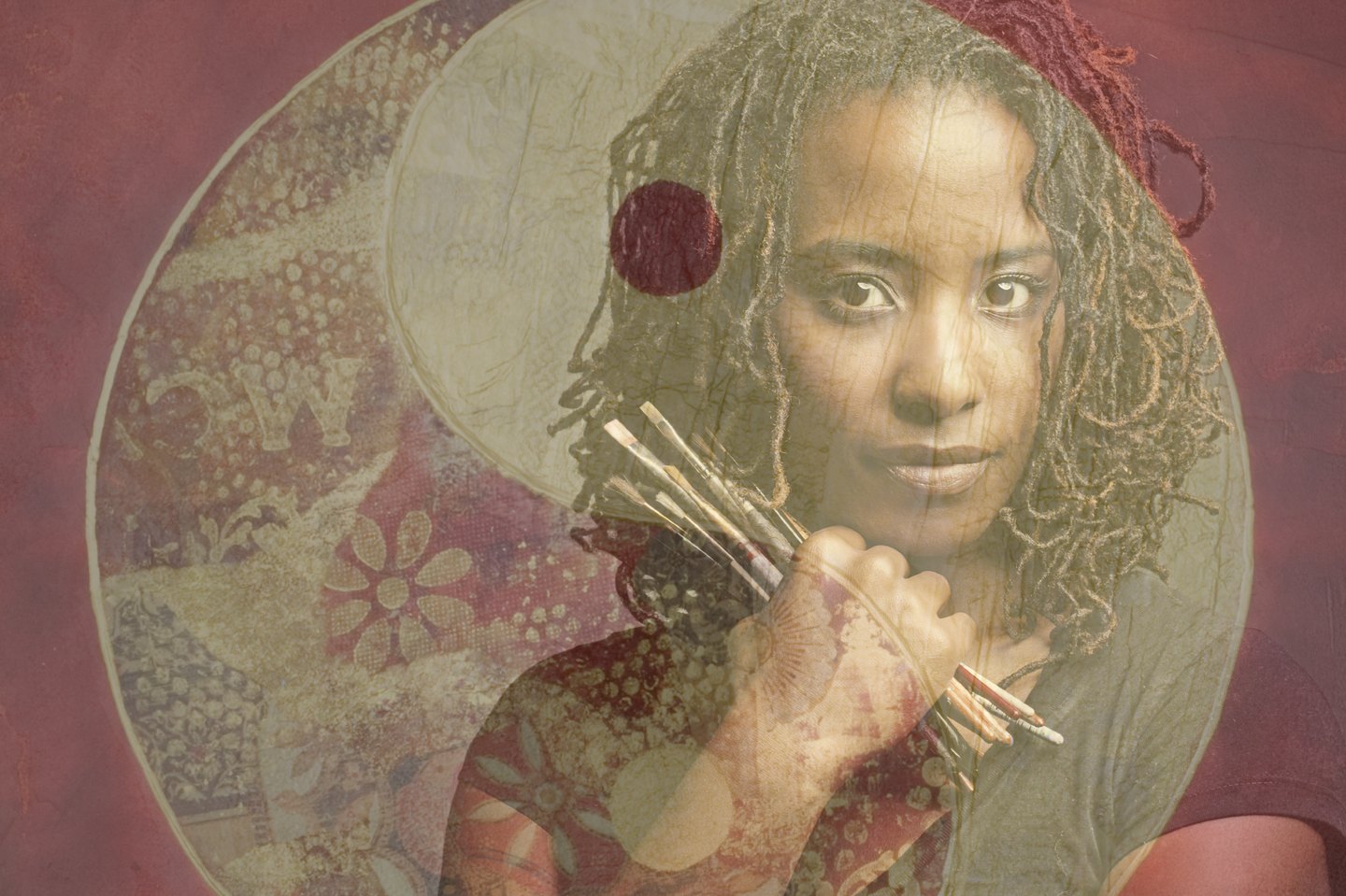

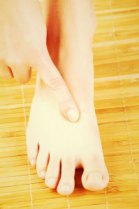
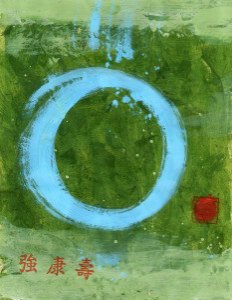
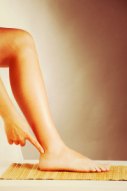


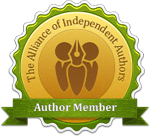

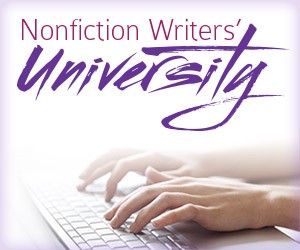
Very informative post, I’ve gone ahead and shared to reddit.
this site is coooooooooooooooooooooool!!!!!!!!!!!!!!!!! thx
Wow,this is the article I’m looking for,it helps to solve my doubts,thank you for sharing.
I constantly spent my half an hour to read this webpage’s articles or reviews all the time along with a mug of coffee.
my blog: http://www.shareindians.net/activity/p/56242/
Hey There. I found your blog using msn. This is an extremely well
written article. I will be sure to bookmark it and come back to read more of your useful info.
Thanks for the post. I’ll certainly return.
Feel free to visit my web-site … psn
Admiring the time and energy you put into your website and
in depth information you offer. It’s great to come across a blog every once in a while that isn’t the
same out of date rehashed material. Excellent read!
I’ve bookmarked your site and I’m including your RSS feeds to
my Google account.
Je vais immédiatement aller partager cet article merveilleux sur mon site.
Bonjour et bravo pour ce blog, je suis déjà fan !
Fantastique, merci beaucoup. C’est très bien de lire votre commentaire. Je suis très content que vous l’aimez. 🙂
Merci grandement pour vos trouvaillens !
De rien. Merci pour votre commentaire gentil.
I appreciate, cause I found exactly what I was looking for. You’ve ended my four day long hunt! God Bless you man. Have a nice day. Bye
I want to to thank you for this excellent read!! I certainly loved every little bit of it. I have got you saved as a favorite to check out new stuff you post…
I blog frequently and I truly thank you for your content. This article has really peaked my interest. I will take a note of your blog and keep checking for new details about once a week. I opted in for your RSS feed as well.
Admiring the time and effort you put into your website and in depth information you present. It’s nice to come across a blog every once in a while that isn’t the same unwanted rehashed material. Great read! I’ve bookmarked your site and I’m adding your RSS feeds to my Google account.
Thanks so much. I strive to follow the Tao as much as possible, but never thought of using it i the writing process!
I love the fusion of the two. Really happy it resonated for you. I think the many principles, especially wu wei and allowing instead of controlling for instance, echo writing and creativity beautifully. I’m being inarticulate but if you already follow the Tao I know you’ll understand 😉 Belated gratitude for your comment. It somehow became lost in a flurry of spam comments but so pleased you enjoyed. ♥
Salutations! Très utile conseils au sein de
cette article! Ce sont les qui font les grands.
Merci beaucoup pour le partage!
Spot on with this write-up, I seriously believe that this website needs much more attention. I’ll probably be returning to read more, thanks for the information!
Thanks, Jean, appreciate your kind comment. 🙂
Greetings! Very helpful advice within this article! It’s the little changes that produce the most important changes. Many thanks for sharing!
You’re welcome! So happy you enjoyed this offering. 🙂
Very nice write-up. I absolutely love this site. Keep it up!
Thanks, Bob! Appreciate your kind comment. 🙂
Excellent site you have got here.. It’s hard to find quality writing like yours these days. I really appreciate individuals like you! Take care!!
Your style is so unique in comparison to other people I have read stuff from. Many thanks for posting when you’ve got the opportunity, Guess I will just book mark this blog.
Thanks, Bella, appreciate your kind comment. So pleased it resonated with you. 🙂
There’s definately a lot to know about this subject. I like all of the points you’ve made.
So pleased it resonated with you, Berri. Thanks for your kind comment. 🙂
bookmarked!!, I love your blog!
Touche. Solid arguments. Maintain the great work.
That inspired me !
Beautiful article!! Keep up
So lovely to hear that, Diego, thank you! ❥
Oh my goodness! Awesome article dude! Thanks a lot, However
I am just encountering troubles with your RSS.
I don’t understand exactly why I cannot join it.
Could there be other people having identical RSS problems?
Anyone who knows the remedy will you kindly respond? Thanks!!
I’m amazed, I must say. Seldom do I come across a blog that’s both equally educative and amusing, and let me tell you, you have hit the nail on the head. The issue is something not enough people are speaking intelligently about. Now i’m very happy I found this during my search for something relating to this.
Wonderful article! Keep up the great writing.
Thank you! So happy you enjoyed it, Tom. 🙂
Hello, everything is going sound here and ofcourse every one is sharing
facts, that’s truly fine, keep up writing.
Hello,
Thanks for sharing great information with us
you’re actually a good webmaster. The website loading pace is incredible.
It kind of feels that you are doing any distinctive trick.
Also, The contents are masterwork. you’ve done a excellent activity on this subject!
Nice post. I learn something totally new and challenging on blogs I stumbleupon every day. It will always be helpful to read through content from other writers who practice something a little different from their web sites.
I’m really enjoying the design and layout of your website. It’s a very easy on the eyes which makes it much more enjoyable for me to come here and visit more often. Did you hire out a designer to create your theme? Exceptional work!|
Way cool! Some very valid points! I appreciate you penning this post plus the rest of the website is very good.
I love it whenever people get together and share thoughts. Great website, keep it up!
Welcome to the Live On Car Casino site. Live On Car Casino site provides only complete and reliable information on baccarat site recommendations,
카지노사이트
This information was great
Icore Singapore is a digital marketing services agency/company. Hire a digital marketer in Singapore for your social media needs
I simply want to tell you that I am just all new to blogging and actually savored you’re web blog. Likely I’m planning to bookmark your blog post . You absolutely come with superb posts. Thanks for revealing your web page.
Woah! I’m really digging the template/theme of
this site. It’s simple, yet effective. A lot of times it’s very difficult to get that “perfect balance” between usability and visual appeal.
I must say you’ve done a awesome job with this. In addition, the blog loads extremely fast for me. Exceptional Blog!
Yours is a clever way of thninikg about it.